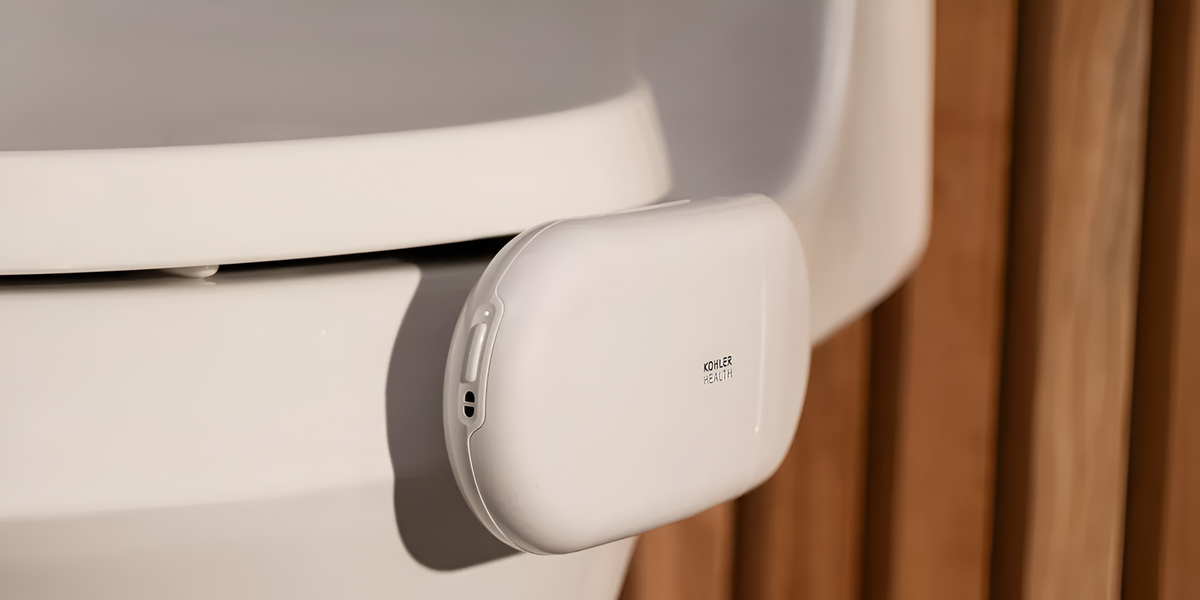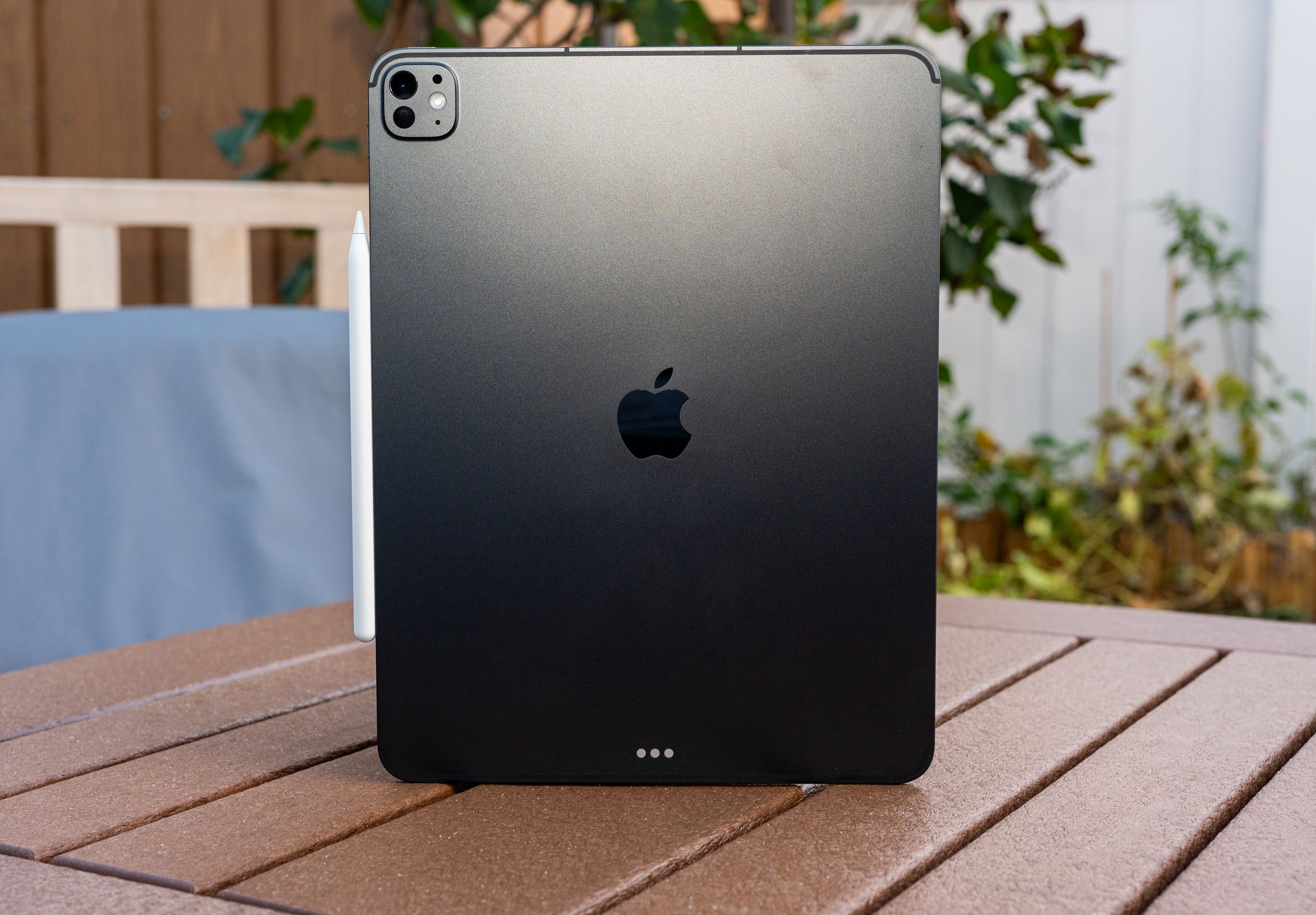WITH summer walks on the beach, picnics, terraces and, of course, swimming pools. The latter are one of the most common ways to have fun and refresh during the summer. It doesn’t matter if they are public or private pools, we all love them. And the children, of course, too. Unfortunately, summer is also the time when cases drowningprecisely because of how often one can spend time in swimming pools.
According to the Spanish Association of Pediatrics, 13% of deaths of children aged 0 to 14 years They occur due to drowning. The case is especially dangerous with infants, for whom it is quite simple 2 centimeters of water and 2 minutes lose your life this way. Therefore, adults need to be very careful when there is water nearby and, of course, take all possible safety measures.
This includes vests, floats, hand warmers and many other items. buoyancy elements. Everyone has their own preferences, but the truth is that not everyone is created equal. In fact, many of them provide a false sense of security, which can be quite counterproductive. So what does science say is the best way to prevent drowning?
To avoid drowning, teach them to swim
Pediatric associations around the world recommend that children be taught to swim as soon as possible, if possible. up to 4 years. This is the best way to avoid drowning.
Additionally, it is generally recommended that you learn to swim without a flotation device. This was confirmed in 2021 by a group of scientists from New Zealand and Portugal, analyzing a series of studies in which swimming lessons children with or without floats. In some cases no difference was observed, while in others it was observed that the flotation devices interfere with learning.
The doctor also addresses this topic Mona Amin in an article on his blog about pediatrics. In it, he points out that certain devices, such as floats or armbands, keep children in vertical position. Since they must be able to swim horizontally to swim, the moment they stop using protection, their muscle memory They find it difficult to maintain correct posture. This makes learning more difficult and, as a result, increases the opportunity drowning.
Float problem
Besides planks and logs, floats are perhaps the oldest floating method in existence. There are illustrations 3000 years which shows people using swollen animal intestines to float in water.
Almost all of us had a float as a child. However, this is not the best way to avoid drowning. First of all, because of what we have already seen. They make learning difficult when swimming. But also because they are easy to puncture or blow away, leaving the child completely vulnerable. Plus, if it tips over, it will be very difficult to get it back up. restore posture.

Cuffs are not much better at preventing drowning
In the case of sleeves, the problems are similar to problems with the float. They can also be punctured or deflated. Plus they came off quite easily, especially after use Solar protection. Some They have straps that attach to the body.. This is the best option, but it is still not ideal.
Just like with a float, they give false sense of security which may increase the risk of drowning.
Be careful with bubbles
The famous bubbles, tied at the back like a turtle shell, were in fashion many years ago. They are not used as often these days, but are still an ideal option for some parents. However, they are difficult to release since they are fastened, and since they are made of foam rubber, they cannot be deflated. But if they turn around, baby I can’t restore my posture againtherefore the risk also increases.

Vests: the best option against drowning
Most experts agree that the best way to prevent drowning is to vest. They allow you to take a position more similar to swimming. In addition, they have buckles and straps which allows them to fit very well to the body. And, as a rule, they are made of material that does not deflate.
However, precautions must be taken. Many of these vests come with sizes, recommended for different age, height and weight. But this is not enough. It’s always best for your child to go to the store and try on the vest to make sure it fits correctly. In addition, after purchase, it will need to be tested in calm water, such as a swimming pool.
Another important precaution is to have your vest checked every year. Even if the sizes are still appropriate for the child’s age, they may have outgrown the child and may not fit. In addition, a new buoyancy test will have to be carried out to ensure that it has not deteriorated. If everything is in order, it can be used. another year.
With any method, supervision is non-negotiable.
Even with life jackets, which seem to be the best means of preventing drowning, a child who does not know how to swim should always be supervised by an adult in the water. We have already seen that it only takes a short moment or any incident to cause problems that these devices cannot always avoid.
Enjoy the beach and pool this summer; but if there are little ones at home, extreme caution.
Source: Hiper Textual













